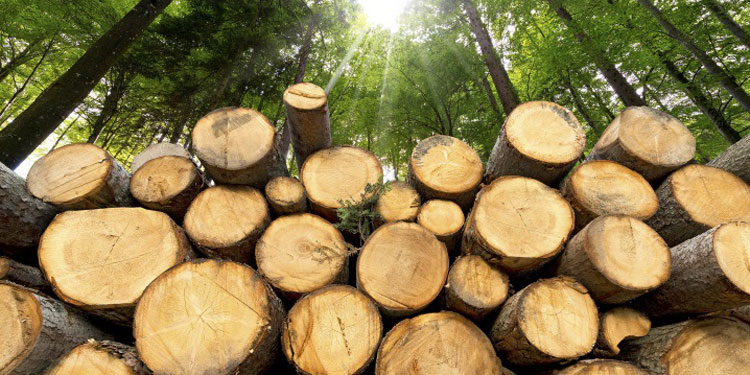
Several developments in Kenya are leading to a rise in demand for timber. Kenya’s economy has been rising by 6% per year and is expected to continue to expand rapidly. The population is currently 53 million and the proportion of the population living in cities is growing steadily. The rising middle class wants to buy better houses and furniture.
For example, the demand for furniture has increased by 10% per year. Until now, a substantial proportion of furniture has been imported. Both the Government and the Kenyan private sector are preparing to move a large part of the market for furniture from Chinese manufacturers to Kenyan producers. However, the Kenyan furniture industry is still at a very modest stage and needs substantial investment. Kenya also needs to manufacture and import high-quality wood for the furniture industry.
The Kenyan Government is addressing this problem with the goal of rising forest cover by 10% and improving economic conditions for investors. Currently, the total forest plantation area is 220 000 hectares (ha), of which 138 000 ha are public and 90 000 ha are private. The key plantation species are cypress, oak, eucalyptus and some native species.
The market for furniture-quality wood provides opportunities for Finnish sawmills, which are currently exporting the volumes of furniture-quality spruce sawn wood. There is a building boom in Kenya compared to China. Housing, as well as new offices, hotels, and other commercial buildings, have been rising. While concrete, steel, and glass are dominant structural and surface materials, the use of wood as a building material is becoming more frequent. The demand for prefabricated houses and building parts has been also been steadily rising. This offers immense opportunities to the wood industries from both Kenya and other countries planning to invest in Africa.
